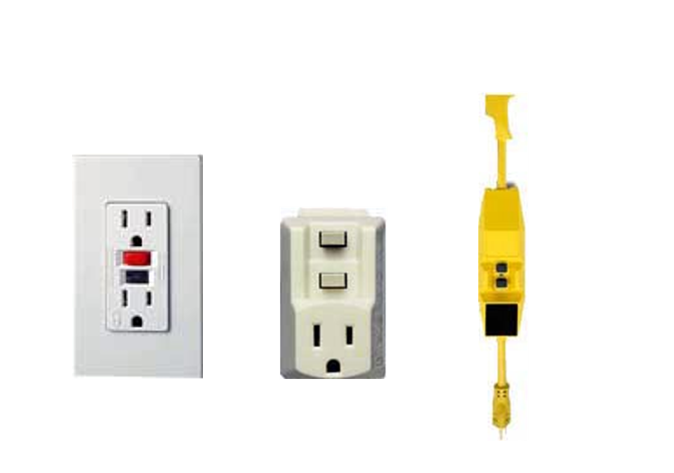Electrical systems are an essential part of everyday life. Electrical shock, electrocution, and fires caused by faulty wiring or malfunctioning appliances are just a few examples of the hazards associated with electricity. Fortunately, there is a solution to these hazards: GFCIs. Ground Fault Circuit Interrupters, or GFCIs, are electrical safety devices that protect people and property from the dangers of electrical shock and fires. In this blog post, we will discuss what GFCIs are, the types of GFCIs, how they work, and why they are so important.
Ground Fault Circuit Interrupters are designed to detect ground faults in electrical circuits and interrupt the flow of electric current. One of their purposes is to protect individuals from electrical shock and electrocution by limiting the duration of the shock. Ground faults occur when an electrical current finds an unintended path to the ground, such as through a person’s body, water, or metal object. When this happens, the GFCI detects the imbalance in the electrical current and quickly shuts off the power to the circuit, preventing electrical shock or electrocution.
Types of GFCIs
The most common types of ground fault circuit interrupters include:
- Receptacle GFCI: These are the most common type of GFCI and are often installed in areas of the home or workplace where electrical hazards are more prevalent, such as outdoor outlets, kitchens, bathrooms, and other locations where damp conditions do or could exist.
- Temporary/portable GFCI: Temporary or portable GFCIs are devices that can be plugged into electrical outlets and are designed to provide protection for appliances and power tools that do not have built-in GFCI protection. These GFCIs are often used on construction sites, in workshops, or when using outdoor power tools. They should NOT be used as a permanent alternative to a regular GFCI.
- Circuit Breaker GFCI: Circuit breaker GFCIs are installed in the main electrical panel and provide protection for an entire circuit. These GFCIs are designed to detect ground faults in any outlet or appliance on the circuit and will shut off power to the entire circuit if a ground fault is detected. Circuit breaker GFCIs should be tested monthly. Keep in mind that the test will disconnect power to everything on the circuit.
How does a GFCI work?
To understand how GFCIs work, it’s important to know that electricity flows in a loop. When electricity flows from a power source to an electrical device, it flows through the hot wire and returns through the neutral wire. A GFCI constantly monitors the current flowing through the circuit and compares the current flowing through the hot wire to the current flowing through the neutral wire. If there is a difference of 5 milliamperes or more between the two, the GFCI will trip and shut off the flow of electricity. When a GFCI detects a ground fault, it acts quickly to shut off the electricity to the circuit. The fast response time is crucial in protecting individuals from electrical shock because it limits the duration of the electrical shock.
Why are GFCIs Essential for Electrical Safety?
As mentioned earlier, GFCIs can prevent electrocution and electrical shock. Electrocution occurs when the electrical current flowing through the body is strong enough to cause cardiac arrest or stop breathing. Electrical shock occurs when the electrical current flows through the body and can cause serious injury or even death. GFCIs can prevent these hazards by quickly interrupting the flow of electricity when a ground fault is detected. Furthermore, GFCIs can prevent electrical fires. Electrical fires can occur when there is a fault in the electrical system, such as a short circuit or a ground fault. GFCIs can prevent ground faults from occurring, which can reduce the risk of electrical fires. Lastly, GFCIs can help prevent damage to electrical equipment. Electrical equipment can be damaged if the electrical current is not flowing through it correctly. GFCIs can ensure that the electrical current is flowing through the equipment correctly, which can extend the life of the equipment.
Conclusion
The importance of GFCIs cannot be overstated, as they have been proven to save lives and protect property. Not only are GFCIs required by national and local building codes, but they are also easy to install and use. GFCIs come in a variety of forms, from circuit breaker versions to receptacles, making them accessible for use in homes, offices, and industrial settings. Regular testing of GFCIs is recommended to ensure that they are working properly and to prevent any potential electrical hazards. By installing and using GFCIs properly, we can ensure the safety of ourselves and those around us and prevent potentially dangerous electrical situations.
